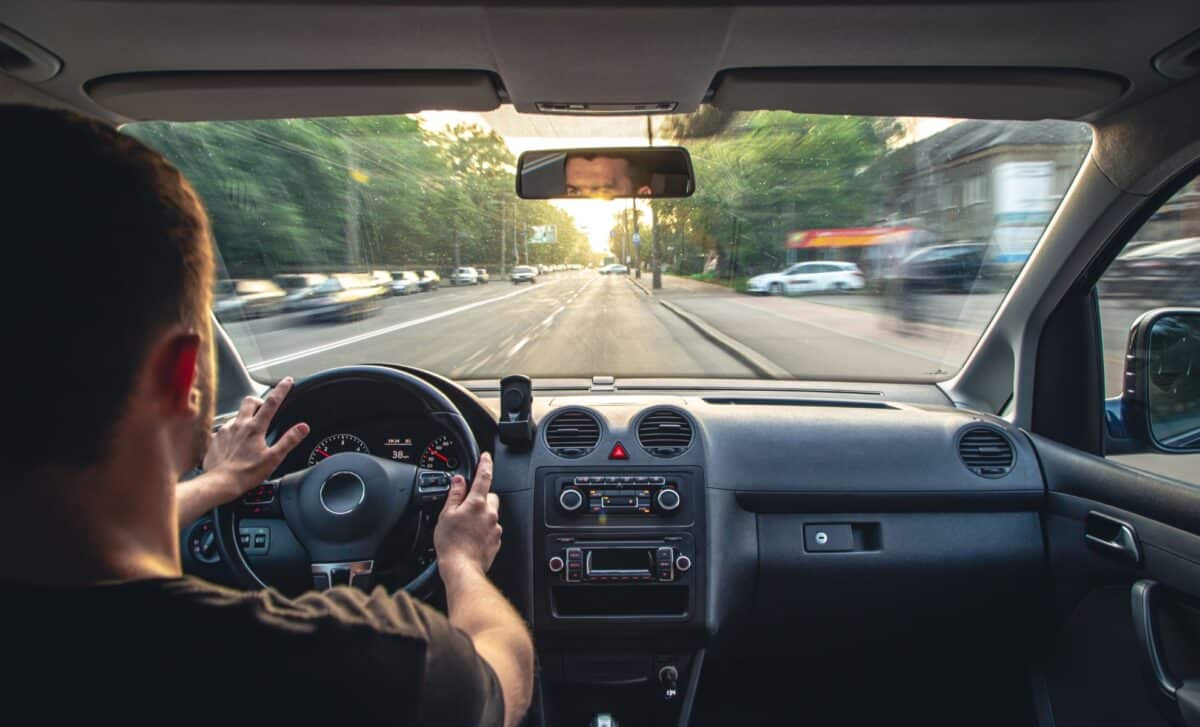The Driver and Vehicle Standards Agency (DVSA) has implemented new safety regulations affecting cars and vans undergoing Individual Vehicle Approval (IVA) tests across the UK. The changes, effective from May 14, 2025, require applicants to declare speedometer compliance and automated driving system features when applying for vehicle approval.
These amendments are part of the DVSA’s ongoing effort to modernise vehicle inspections and address emerging technologies in the automotive sector. The updated rules streamline the process for IVA applicants while ensuring vehicles meet necessary safety standards before hitting UK roads.
Self-Declaration Replaces Physical Speedometer Inspections for Some Vehicles
According to the DVSA, vehicles undergoing IVA tests for cars (M1) and vans (N1) must now have speedometers that display speed in miles per hour (mph), rather than kilometres per hour (kph). Applicants can self-declare this compliance using the revised IVA application form, eliminating the need for a physical inspection of the speedometer in many cases.
This change aligns with section 17 of the IVA inspection manual, which was updated in October 2024. The DVSA emphasises that evidence of compliance may still be requested during the test itself.
Vehicles already equipped with mph speedometers, dual-marked displays showing both mph and kph, or driver functions allowing switching between units are exempt from the new declaration requirement.
The updated procedure applies only to cars and vans and does not affect larger vehicles such as lorries (N2/3) and buses (M2/3), which continue to be assessed under the previous system. Applicants who submitted forms before May 14 will remain subject to the former speedometer checks.
New Questions Address Automated Driving Systems and Vehicle Controls
The DVSA has also expanded the IVA application forms to include questions about automated driving technology. Applicants must declare whether their vehicle retains conventional driving controls or is fitted with drive-by-wire systems, reflecting the increasing prevalence of autonomous and semi-autonomous features.
According to the agency, this additional scrutiny aims to ensure proper regulatory oversight of vehicles equipped with advanced driver assistance systems. The updated forms further inquire about hybrid and electric powertrains, introduced last year, signalling a broader effort to adapt vehicle certification to technological advances.
The adjustments introduced by the DVSA represent a significant shift in how cars and vans are assessed before registration, balancing streamlined administration with rigorous safety checks.









